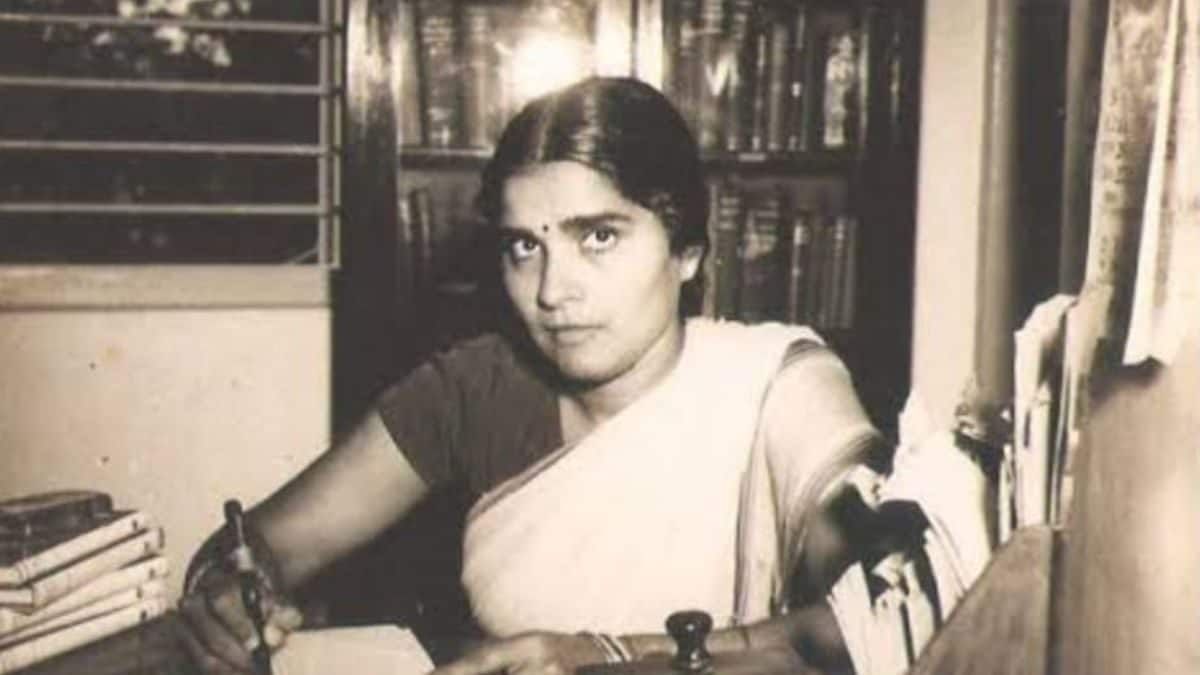At the time when revolutionaries Sukhdev, Rajguru and Bhagat Singh were active in pre-independent India, a silent revolution was taking place in a parallel world.
Sita Devi was the wife of Shri Yogendra, founder of the Bombay Institute of Yoga. She married at the age of 18 in 1927, and despite all the modern conveniences available to her, she dedicated her life to yoga and joined her husband in his mission.
In those days, women were denied many things, including the right to emancipation. When discussing spiritual matters, women were often referred to as a “useless appendage.” Imagine a spiritual man whose obstacle was a “world-loving wife.”
FREEING YOURSELF FROM THE YOKE AND EMPOWERING WOMEN
Shri Yogendra's mission was to make yoga easily accessible to people's daily lives; to present it as a system of educational, therapeutic, moral and spiritual values. Living the life of a “householder yogi,” he wanted to return yoga to its original non-sectarian intent, with special emphasis on its application to women.
Sita Devi studied the subject intensively for four years, learning anatomy, physiology and medical care, and then volunteered her services at the institute. In 1931, she was appointed in charge of the women's section and in 1933, she became secretary and associate editor of the institute's journal. Later, she also became a registered physician and treated thousands of women for various health problems.
Sitadevi, or “Mother” as she was fondly called, felt the need for a text on yoga education that would guide women to meet the particular needs of their sex and wrote a book entitled “Easy Postures for Women” (which later became “Yoga Physical Education for Women”). The book combined ancient wisdom with modern scientific progress in physical education and was the first book written by a woman for women. Appreciated throughout the world, it was also translated into several languages.
SIGNIFICANT VICTORY FOR INDIA AND THE INDIAN EAST
These pioneering activities made 'Yoga for Women' popular in India and abroad. In 1939, the Women's Health Federation of America, recognising Mother Sita Devi's work as a unique service and valuable contribution to public health, invited her as an official delegate from India to the 'Health Wellness Congress' at the New York World's Fair. The book Yoga Physical Education for Women has also been preserved in the Crypt of Civilisation* so that it can be read after 6,000 years.
Despite her occupation as a yoga guru, she devoted herself entirely to her domestic and social responsibilities. In the words of her husband, Shri Yogendra: “She lives a scrupulously faithful civic, social and domestic life, down to the minutest details. She has never had any desire to skip out on mutual human responsibilities under the pretext of yoga, as pseudo-yogis prefer to do. She is a symbol of an ideal wife. The mother of two devoted sons, she lived the same ideal that she preaches, namely, that a married life is in no way incompatible with yoga studies.”
WHY DO WOMEN NEED SPECIAL YOGA TECHNIQUES?
Sita Devi's successful treatment of over 5,000 cases was recognized among medical experts. Her book, written 90 years ago, is still relevant because it addresses timeless aspects of female existence. It provides a scientific basis for both personal health and self-improvement: it treats the body, mind, and psychic and subconscious patterns.
Women have certain peculiar attributes that require different treatment, he wrote. Some of them are:
Neurasthenia: This predisposition, an important factor in women's health, is characterized by vagueness, mental wandering, fatigue and constant anxiety. Both sexes are affected by economic, social, health and domestic situations, but women are more prone to nervous weakness. Therefore, taking care of their nerves is of utmost importance.
Considering that “mental tension, anxiety and nervous exhaustion, etc., produce real microscopic changes in the brain, liver and other glands,” non-violent and non-fatiguing yoga practices were selected. When performed regularly and systematically, they make the body healthy, purify the nerves and clear the mind.
Sexual organ health and preparation for motherhood: Scientific research at the institute has shown that the respiratory, abdominal and pelvic floor muscles are weaker in women. During pregnancy, these muscles require special attention, as women breathe twice and the pelvic floor is under great pressure. In addition, the aim of yoga exercises is to increase the tone and blood flow of the sexual organs.
Exercising the core: Overweight and constipation were found to be common and interdependent, with fat accumulation particularly prominent in the waist and pelvic region. Stretching postures that preserve normal organ tone and function were preferred over rigorous physical training, which is detrimental to the healthy development of internal organs.
Posture, slimness and other essential aspects: Not only is slimness emphasized, but also flexibility and elasticity. These are indicators of natural harmony between and within the organs. The elasticity of the body is preserved well into old age with the practice of yoga postures, which promotes long-term good health.
Ultimately, Mother Sita Devi's scientific system of Physical Education emphasized positive and calm good health, to enable women to attain the true heights of womanhood.
*The Crypt of Civilization is an impenetrable, airtight, room-sized time capsule built between 1937 and 1940 in Georgia (it was not to be opened before 8113 AD) and contains artifacts and sound recordings, including classical literature, items of scientific progress, and religious texts illustrating civilization and human development up to 1939.
Continuing with this article, next week we will bring you Yoga practices especially indicated for women. Stay tuned.
The author is a journalist, cancer survivor and certified yoga teacher. She can be contacted at [email protected].













